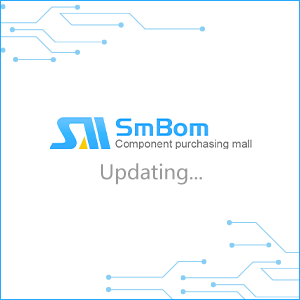Manufacturer
Please Input
- Keystone Electronics Corp.
- Triton Manufacturing - Molex
- Amphenol Pcd
- ADAM TECH
- NTE ELECTRONICS, INC.
- Phoenix Contact
- WAGO
- American Electrical, Inc.
- Omron Electronic Components
- Conta-Clip, Inc.
- Commercial IO (Amphenol Communications Solutions)
- Amphenol Anytek
- Würth Elektronik
- TE Connectivity AMP Connectors
- Coiltronics (Eaton)
- AVX (Kyocera AVX)
- DECA
- Yokowo
- CUI Devices
- HARTING
- DINKLE Corporation USA
- ASSMANN WSW Components
- Weidmüller
- CTR Electronics
- Altech Corporation
- RIA Connect / METZ CONNECT
- On-Shore Technology, Inc.
- Bud Industries, Inc.
- Adafruit
- WECO Electrical Connectors
- Amphenol RF
- SparkFun Electronics
- Major League Electronics
Package
Please Input
Packaging
Please Input
Images | Mfr.Part # | Category/Manufacturer/Package/Packaging | RoHS | Price | Quantity | Operate |
|---|
1
2
3
4
3421
Wire to BoardWire to board connectors are electrical connectors that are used to connect wires to a printed circuit board (PCB) or other electronic device. These connectors are typically used in applications where the PCB is mounted inside an enclosure or other housing, and the wires need to be connected to the PCB from the outside. Wire to board connectors are available in a variety of styles, including screw-type, crimp-type, and push-in type, and they can be used with various types of wires and cables.
Wire to board connectors typically consist of two main parts: the housing, which is mounted on the PCB, and the terminal, which is attached to the wire. The housing typically has holes or slots for the terminals, and it also provides the mechanical support and EMI/RFI shielding for the connector. The terminal is inserted into the housing and is typically secured using screws, crimping, or other fastening methods, depending on the type of connector. Some wire to board connectors also have locking mechanisms or other features to prevent the terminal from becoming disconnected from the housing.





